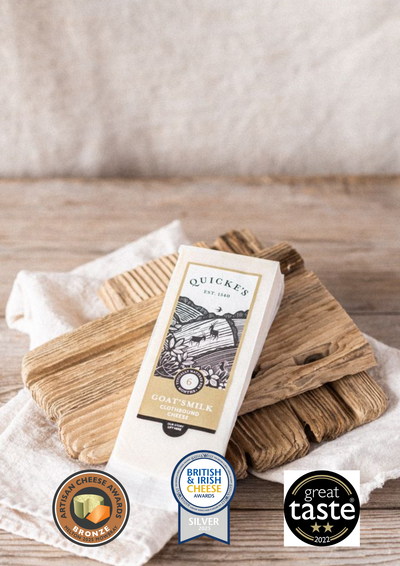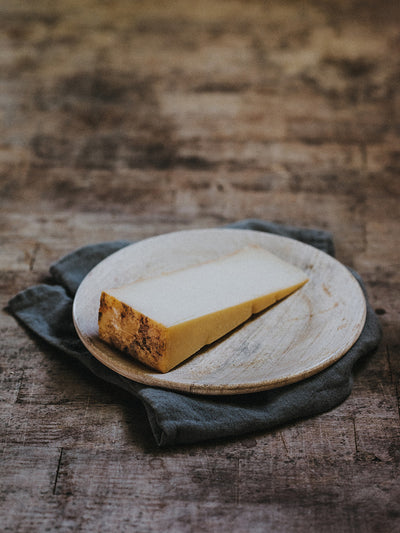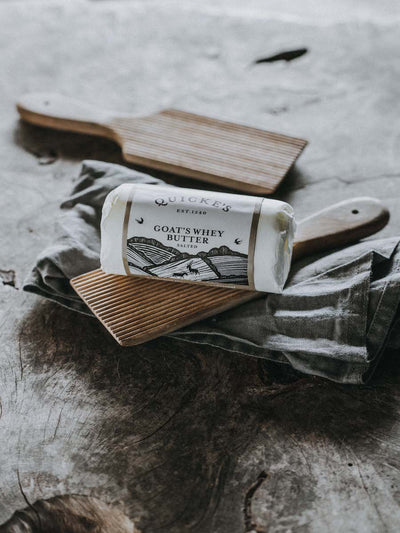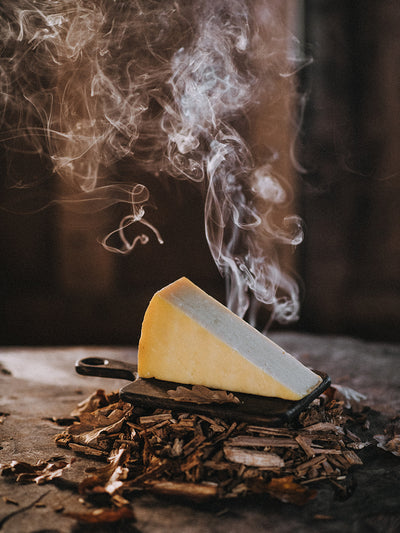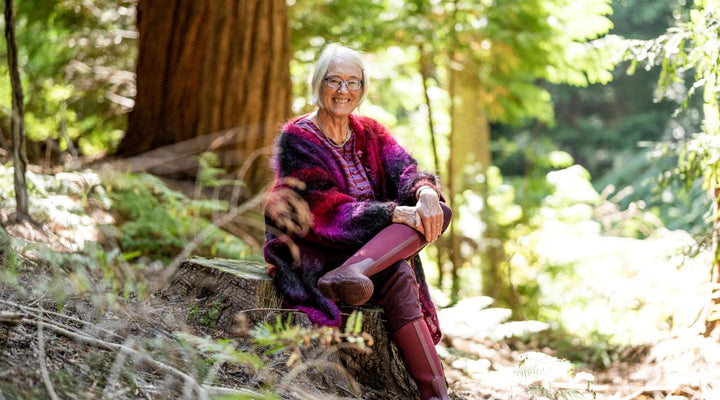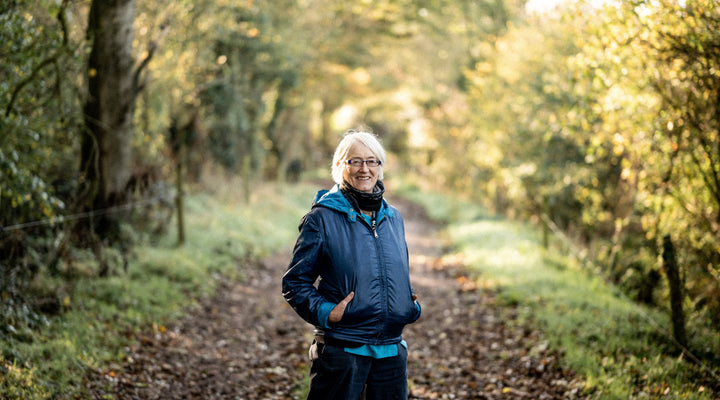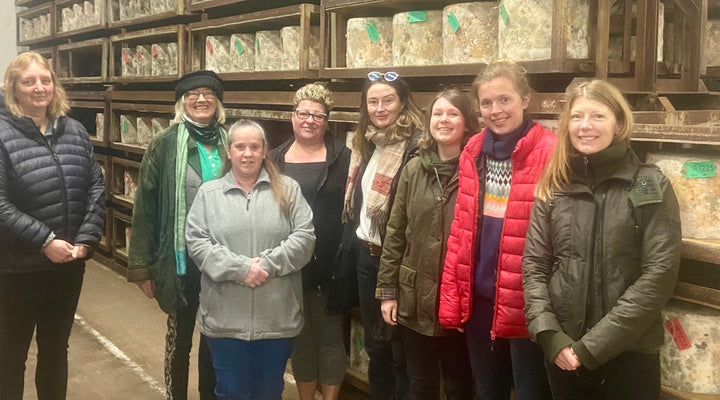NATURE
The land has a drenched look from all the rain we’ve had. The grass on the cows’ river meadows has a combed look, showing the flow of floodwater over it. Wildlife looks disconsolate. Owls with their fluffy wet feathers, cannot hunt in the rain and can starve if they are prevented from hunting for three nights. I hear some owls calling and hope the rain eases off for them.
A skylark popped up in front of me out of the pasture. They are with us all year, and the ethereal song suddenly felt like the new year dawning. Weeding heather, the daffodil bulbs are already shooting out. Each day, the sun rises just that little bit earlier. I know we have a ‘hundred hungry days’ ahead of us and the longer days give assurance that the hard days will end.
ARABLE
We didn’t manage to get all our crops in before the rain started. It’s horrible seeing bare land with all that rain. That confirms our determination to create farming systems that have plants actively growing all year. We can overwinter animals on kale, and get a second crop from a spring barley crop. We are already swapping out maize, with soil bare for half the year, for red clover. Soil needs actively growing roots to keep it working efficiently.
GRASS
On our better draining spring grazing land, we had the cows out till they were dry late in December, and the grass is in good shape for next month’s calving cows. On the autumn cows' flood meadows, the wet stopped us getting the longest grass. We hope for not too much hard frost, which can damage the longer grass.
COWS
Now all the spring cows are on their winter holidays before calving next month. As it is so wet, we are bringing any cows that need TLC inside. We are working out how to evict straw from the buildings to be able to bring all the animals inside, for the people and the soil’s benefit, if not the cows. We are looking at one of those fabric structures for the straw, to give the cows the building. More news as we work it out.
The little heifers are inside eating straw. Like the yokel I am, I can chew a piece of straw and enjoy the faint aroma of summer, and it isn’t food for me. It’s funny to see even quite young calves tucking in enthusiastically to great mouthfuls of straw. Of course, that’s what ruminants do: eat stalky, fibrous food that we can’t, and create food from materials that we can’t eat.
It is a glorious symbiosis with the added bonus that ruminant meat, milk, butter and cheese are some of the most nutrient-rich and scrumptious foods on the planet. Where they graze also gives that benefit known as ‘golden hoof’, where crops thrive in soils where animal manures are naturally spread.
DAIRY
Cheesemaking is warm and steamy, as I come into the cheese dairy from the cold. Milk in the vats reaches 40°C, that is over 100°F. We work to make sure the milk is balanced: there is always the tendency with indoor feeding that the milk is too fatty. Not long now, for that magic first taste of grass, maybe even before January is out.
Happy New Year!
MARY QUICKE

